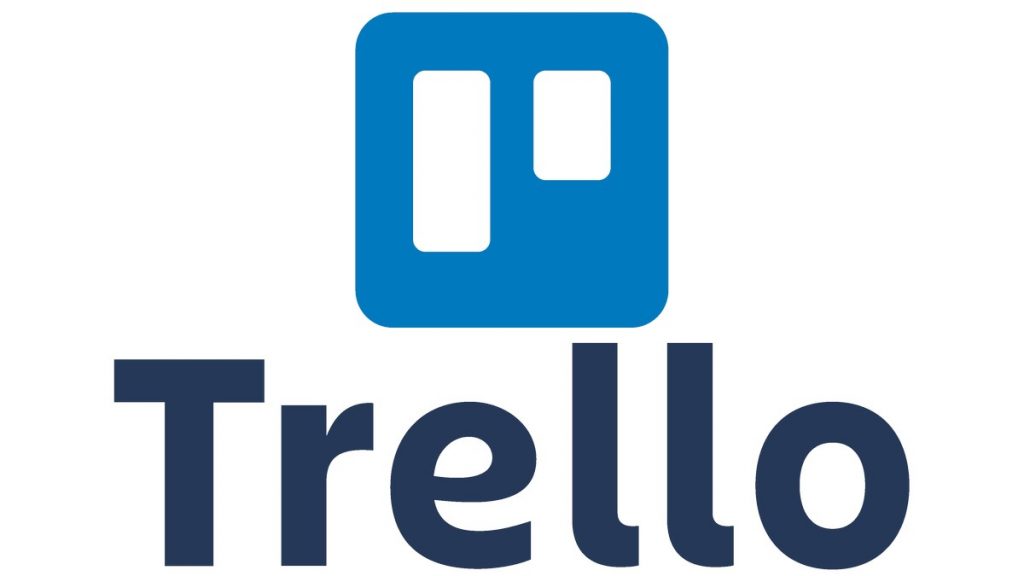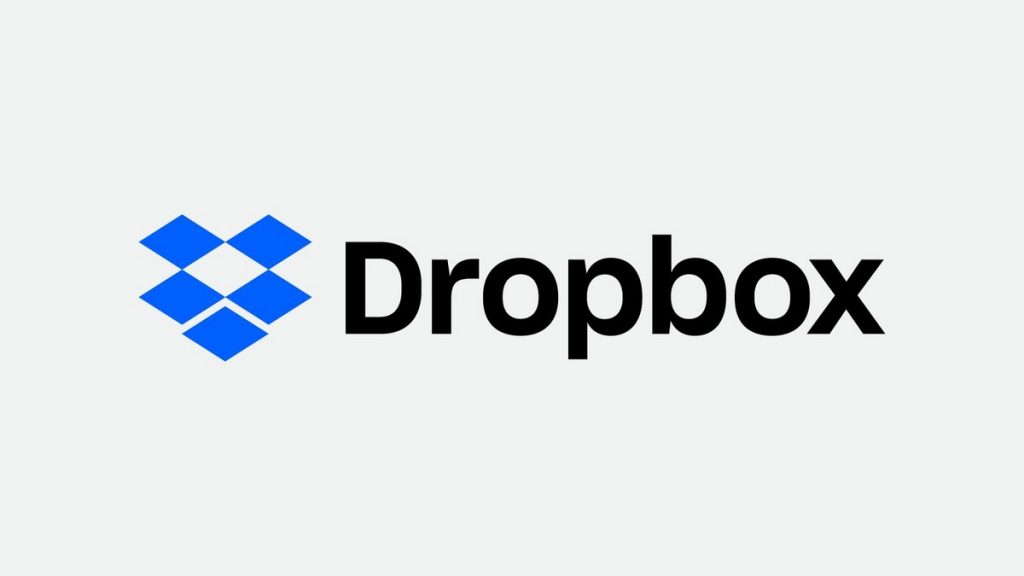Table of Contents
What Is Direct Marketing?
Direct marketing is a type of marketing and advertising where organizations communicate directly to customers through various channels, including brochures, email, direct mail, catalogs, phone, text messages, and social media. Direct marketing is designed to generate a response from the customer, such as making a purchase or signing up for a service.
Organizations use different strategies to target their direct marketing campaigns. For example, they may target customers by geographic location, age, gender, interests, or income level. In addition to traditional channels like mail and print advertising, Direct marketing can be conducted through digital channels such as search engine marketing, display advertising, and social media marketing.
Key Takeaways
- Direct marketing tactics involve communicating directly with individual customers rather than through third-party channels such as mass media.
- The call to action is a crucial aspect of direct marketing efforts.
- The success of direct marketing initiatives is more accessible to measure than the impact of media advertising campaigns.
Direct Marketing Definition
Direct marketing is defined as a marketing communication that is addressed directly to a specific audience or target segment and is delivered through a medium in which the sender has a reasonable expectation of being able to track the recipient’s response.
Direct marketing messages directly deliver information on a product, service, or company to consumers. Direct communication is usually delivered via message, email, or telephone but can also be sent through text messages, social media, and even television commercials. Some popular direct marketing tools are email marketing, SMS marketing, Web push marketing, Messenger marketing, etc.
What direct marketing aims to do
Direct marketing aims to establish an individualized dialogue between a company and a potential customer. It employs customization strategies, including addressing the potential customer by name or referring to their most recent activities.
Its core objective is to incentivize a potential client to take the initiative. The type of actions that are encouraged could encompass:
- Visiting a webpage
- Initiating a call to acquire further details
- Replying with a form or postcard for a price estimate
- Providing personal contact information
- Completing a transaction
Types of direct marketing campaigns
1. Email marketing campaign
Email marketing is a form of direct marketing that uses email to distribute commercial or fundraising messages to a target audience. In its broadest meaning, every message delivered to a potential or current customer through email may be labeled as email marketing. It is typically used to create brand awareness, trust, and loyalty by sending emails with advertisements, requesting business, or soliciting sales or donations. Email marketing can be targeted at cold lists of prospects or customers who are already clients.
2. Mobile marketing
Mobile marketing is digital marketing that uses mobile phones and other handheld devices to promote products and services. It can include text messaging, picture and video messaging, apps, games, websites, and QR codes (quick response codes).
3. Web push marketing
Web push notifications are direct marketing that allows organizations to send messages or alerts to visitors, even when they are not on the website. These messages can include special offers, new product announcements, or even alerts about breaking news.
4. Messenger marketing
Messenger marketing is a type of direct marketing that uses instant messaging apps like Facebook Messenger to communicate with potential and current customers. Organizations can use messenger marketing to send automated messages, coupons, and other information.
Forms of Direct Marketing
Direct marketing includes various methods to connect consumers and increase sales through personalized communication. Here’s an overview of the various types of direct marketing methods:
Email Marketing
- Personalized promos: Create bespoke email campaigns that provide unique promos or engaging information to pique the reader’s interest. Consider a fitness app that sends personalized training regimens or a book club that gives members early access to new books.
- Segmented Newsletters: By segmenting your email lists, you may send newsletters tailored to your audience’s interests, enhancing the content’s relevancy and effect.
Social Media Engagement
- Instant Messaging: Direct messaging on networks such as Twitter or LinkedIn can give your business a human touch while providing consumers immediate support or special offers.
- Tailored Advertisements: Create advertising on these platforms that directly addresses users’ interests, resulting in higher engagement rates. A pet supply company, for example, could target Instagram users who frequently share photos of their pets.
Traditional Mailings
- Catalogs and Lookbooks: Despite the digital change, a well-designed catalog in your mailbox can spark your attention and entice you to return to a brand’s offerings.
- Direct Mailing Assets: Use tangible products like postcards or brochures to promote new services or offer discounts to your local market or existing consumer base.
Face-to-Face Sales
- Pop-Up Shops: Engage with customers by hosting temporary events that provide a tactile brand experience and can create a buzz in local communities.
- Personal Selling: This classic strategy may include door-to-door product displays or individual consultations, resulting in a genuinely tailored customer experience.
Voice Calls
- Telemarketing is all about human outreach, with agents able to quickly address inquiries and promote your services throughout a call.
- Savvy SMS Outreach: Send succinct, action-oriented text messages with unique deals or reminders, potentially prompting clients to purchase.
Automated Sales Points
- Kiosk Sales: Place your product within arm’s reach of high-traffic areas to increase visibility and convenience. Consider a cosmetics company putting a makeup vending machine in a busy metro station.
- Interactive ATMs provide more than just cash withdrawals. For example, they may print discounts for a nearby café when transactions are made.
Digital Strategies
- Optimized Web Presence: Use SEO tactics to climb search engine results rankings, attracting more attention to your products.
- Online Advertising Campaigns: Position eye-catching and clickable adverts across many web platforms to direct potential customers to your digital commerce.
Web push marketing
Web push notifications are direct marketing that enables businesses to deliver messages or alerts to website users while not browsing the site. These messages may contain special discounts, new product launches, or even alerts about breaking news.
Messenger marketing
Messenger marketing is direct marketing in which potential and existing consumers communicate through instant messaging apps such as Facebook Messenger. Messenger marketing enables organizations to deliver automated messages, coupons, and other information.
How Direct Marketing Works
Direct marketing is a way to advertise that involves sending promotional materials straight to customers. This can include mailing advertisements, emailing potential customers, telemarketing, or in-person interactions.
Direct marketing is different from other forms of marketing because it doesn’t rely on mass media to reach consumers. Instead, it uses more targeted methods to reach specific people. This makes direct marketing more efficient, effective, and cost-effective.
Direct marketing can be used to promote products, services, or events. It can also provide information about products, services, or events. Direct marketing is most often used to generate sales leads or make sales.
How To Get Started with Direct Marketing
1. Decide on the Best Direct Marketing Method
The first step in starting a direct marketing campaign is to decide on the best method for reaching your target audience. Several direct marketing methods include postcards, coupons and discounts (view examples of online marketing software discounts), emails, targeted online ads, phone calls, text messages, social media, telemarketing, and direct selling.
2. Create a Targeting List
Once you’ve decided on the best method for reaching your target audience, you must create a list of people to contact. This list should comprise people likely to be interested in what you’re selling or promoting. You can create this list yourself or purchase it from a list broker.
3. Develop Marketing Materials
The next step is to develop your marketing materials. These materials should be designed to grab attention and get your message across quickly. They should also include a call to action, such as an offer or discount.
4. Add Results Trackers
To measure the success of your campaign, you need to add results trackers. These can be simple coupon codes or more sophisticated tools like web tracking.
5. Test Your Campaign
Before you launch your campaign, it’s essential to test it out. This will help you identify any problems and ensure everything works as it should.
6. Analyze Results
After you’ve launched your campaign, take some time to analyze the results. This will help you see what’s working and what isn’t. It will also give you valuable insights that you can use to improve your future campaigns.
With these tips, you’re on your way to launching a successful direct marketing campaign. Remember to keep your goals in mind, test your campaign before launching it, and analyze your results afterward. By following these simple steps, you can ensure that your direct marketing campaign succeeds.
Features/Components of Direct Marketing
1. Targeting in Direct Marketing
Direct marketing is different from other forms of marketing because it doesn’t rely on mass media to reach consumers. Instead, it uses more targeted methods to reach specific people. This makes direct marketing more efficient, effective, and cost-effective.
Direct marketing can be used to promote products, services, or events. It can also provide information about products, services, or events. Direct marketing is most often used to generate sales leads or make sales.
2. Database segmentation
In direct marketing, database segmentation is dividing a database of customers or potential customers into smaller groups. This is usually done so that marketing efforts can be better targeted to each group.
Database segmentation can be based on several factors, including demographics, purchase history, and even behavior. By segmenting a database, businesses can ensure that their marketing efforts are more likely to be successful.
3. Tracking responses
Tracking responses is an essential part of any direct marketing campaign. By tracking how customers respond to your marketing materials, you can learn what’s working and what isn’t. This information can then be used to improve future campaigns.
Several ways to track responses include coupons, web tracking, and phone numbers. By tracking responses, businesses can ensure their direct marketing campaigns are as successful as possible.
The Goal of Direct Marketing
The goal of direct marketing is to generate leads or sales. This can be done by sending marketing materials directly to consumers through mail, email, phone, or in person.
The main objective of direct marketing is to influence the receiver to take immediate action, whether making a purchase or signing up for something. Even though the end goal is typically to make a sale, only some who receive your message will be ready to buy immediately. However, they might:
- Visit the website
- Request more information
- Sign up for a newsletter
- Attend an event
- Make a purchase
The success of a direct marketing campaign depends on how well it can influence the receiver to take action. The more effective the campaign, the more likely it is to generate leads or sales.
Advantages of Direct Marketing
- High segmentation and targeting: One of the main advantages of direct marketing is that it allows you to segment your audience and target them more effectively. This is because you can choose who receives your marketing materials and when and how they receive them. This makes direct marketing more efficient, effective, and cost-effective. By segmenting your audience, you can ensure that your marketing efforts are more likely to be successful.
- Optimizes your marketing budget: Another advantage of direct marketing is that it can help you optimize your marketing budget. This is because you can choose how much to spend on each campaign and how to allocate your resources. This allows you to maximize your budget and ensure your marketing efforts are as effective as possible. Direct marketing can help you save money while still reaching your target audience.
- Increases your sales with current and former clients: Another advantage of direct marketing is that it can help you improve your sales with current and former clients. By keeping in touch with your customers, you can stay at the top of their minds and increase the likelihood of them doing business with you again. Direct marketing can also help you win back lost customers and turn them into loyal fans. You can increase your sales and improve your bottom line by staying in touch with your customers.
- Upgrades your loyalty strategies: Another advantage of direct marketing is that it can help you upgrade your loyalty strategies. You can keep your customers loyal and engaged with your brand by staying in touch with them. Direct marketing can also help you create loyalty programs that will keep your customers returning for more. By creating loyalty programs, you can increase customer retention and improve your bottom line.
- Creates new business opportunities: Another advantage of direct marketing is that it can help you make new business opportunities. By staying in touch with your customers, you can identify new needs and market to them accordingly. This can help you expand your business and reach new markets. Direct marketing can help you create new business opportunities and grow your company.
- Tests and analyzes the results: Another advantage of direct marketing is that it allows you to test and analyze the results of your campaigns. This is important because it will enable you to see what is working and what is not.
Direct marketing can help you fine-tune your campaigns and make them more effective.
Disadvantages of Direct Marketing
You should be aware of a few disadvantages of direct marketing before you launch a campaign. These include:
- The potential for high costs: One of the main disadvantages of direct marketing is that it can be expensive. This is because you have to pay for the materials and the postage. In addition, you may also have to pay for staff to help with the campaign. Direct marketing can be a great way to reach your target audience, but it can also be costly.
- The potential for intrusive messages: Another disadvantage of direct marketing is that it can be intrusive. This is because people may want to avoid receiving your marketing materials. They may find them annoying or even offensive. Your direct marketing campaign could backfire and alienate your audience if you are not careful.
- The potential to alienate your audience: Another disadvantage of direct marketing is that it has the potential to alienate your audience. Some people may find your marketing materials intrusive or even offensive.
Common challenges of direct marketing and how to avoid them
Direct marketing can encounter a few challenges:
Limited Reach: Direct marketing, such as newsletters, reaches out to consumers who have already signed up. As a result, you miss out on those who may be interested in your business but refrain from participating.
Higher Costs: Getting individuals on board requires both money and time. For example, making flyers or selling in person requires effort, and if the plan is incorrect, the investment may not be worthwhile.
Adverse Reactions: Receiving too many texts might be annoying. Remember when laws were enacted to prevent continuous nuisance calls? That frustration still exists, so focus on interested folks rather than bombarding everyone.
Targeting Issues: adequate targeting necessitates adequate data. If your information is incorrect, your message may not be received correctly. Make sure you have tools for understanding consumer feedback.
Privacy Laws: Direct marketing requires a thorough understanding of the law, particularly in protecting client data. A mistake here might result in significant fines and lost confidence.
Examples of Direct Marketing in Companies
Some of the direct marketing examples are
1. Canva
Canva’s emails are wonderfully simplistic in design. They create a new concept and advertise it to their subscribers via email, and then those subscribers can utilize the latest tools in presentations or infographics. The Canva email campaigns are excellent examples of how direct marketing should be done correctly.
2. Trello
Trello’s email list is full of people who want to get organized and be more productive. They use direct marketing to introduce new features to help their subscribers achieve those goals. For example, they recently introduced a new ” Butler ” feature to their email list. This new feature allows users to automate their workflow and finish more quickly.
3. Dropbox
Dropbox is another company that uses direct marketing to introduce new features and benefits to its email list. They send out emails highlighting the new features and then provide a link for users to try them out. Direct marketing is an excellent way for Dropbox to keep its users up-to-date on the latest and greatest features.
What is the future of direct marketing?
Direct marketing’s future hinges on its capacity to establish and maintain pure client ties. It provides a stable platform unaffected by external market fluctuations, such as social media disruptions or retail closures.
Remember, the heart of your direct marketing efforts should be to create compelling messages that resonate with your target audience. Equally crucial is the process of acquiring response data for campaign analysis. This allows for continuous refinement and improvement of your initiatives, increasing client engagement and success.
The focus should be on direct marketing’s resilience and adaptability in an ever-changing environment. It is a marketing technique that enables organizations to maintain those critical touchpoints in the marketplace, regardless of changing external conditions.
Here is a video by Marketing91 on Direct marketing.
Difference between Direct and Indirect Marketing
There are two main types of marketing: direct marketing and indirect marketing. Direct marketing is a type of marketing that involves sending marketing materials directly to the customers. Indirect marketing is a type of marketing that involves using intermediaries to reach customers.
Direct Marketing Strategies
To let direct marketing work effectively, direct marketers can use a wide variety of direct marketing strategies-
- Issue loyalty cards
- Use guerilla marketing
- Offering coupons
- Branding of clothes
- Using promotional gadgets, etc
Indirect Marketing Strategies
Some of the indirect marketing strategies that you can use are
- Advertising on television
- Advertising on the radio
- Advertising in magazines
- Advertising online, etc
Conclusion!
Direct marketing is a form of advertising where organizations communicate directly to the target market through various means, including cell phone text messaging, email marketing campaigns, websites, online advertising, fliers, catalog distribution, promotional messages, etc.,, to get a direct response.
What are your thoughts on direct marketing? Did you know you can use it to reach new potential customers and stay in touch with your existing customers? Direct marketing can be a great way to improve your bottom line – try it today!
Direct marketing FAQ
What is direct response marketing?
Direct response marketing encourages people to react quickly in some way, like buying something, joining a mailing list, or clicking a link.
What are the four main types of direct marketing?
- Email marketing: This is when companies send special deals, news updates, and other kinds of emails to people who have given them their email addresses.
- Mobile marketing: This method involves reaching out to people through text messages, phone apps, and other mobile technologies.
- Social media marketing: Companies use websites like Facebook and Instagram to advertise their products and services.
- Direct mail is when companies send advertisements and other promotional stuff directly to people’s homes through the mailbox.
What is the most common method of direct marketing campaign?
Email marketing is a popular way to advertise directly to customers. Many people like it because it doesn’t cost much money and it’s easy to use. You can create an email, check it works well, and send it without spending too much, so many companies like to use it.
What is the objective of direct marketing?
The purpose of direct marketing is to elicit a definite response from specific groups of clients. It benefits small firms by allowing them to focus their limited resources on areas where they are most likely to succeed. It also allows you to determine how successful a campaign is based on the answers. This data-driven strategy enables organizations to refine their plans and improve over time.
Liked this post? Check out the complete series on Marketing




